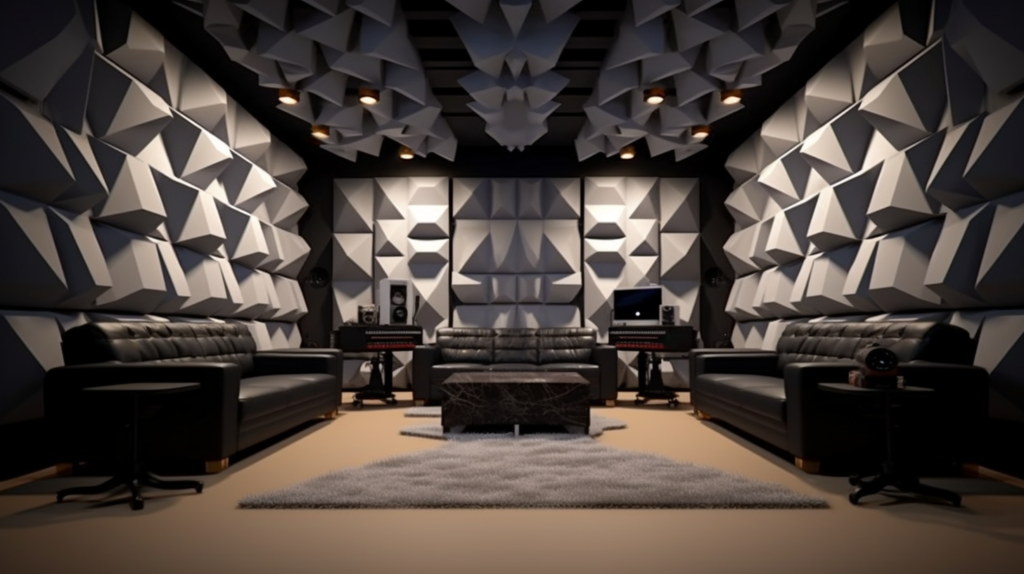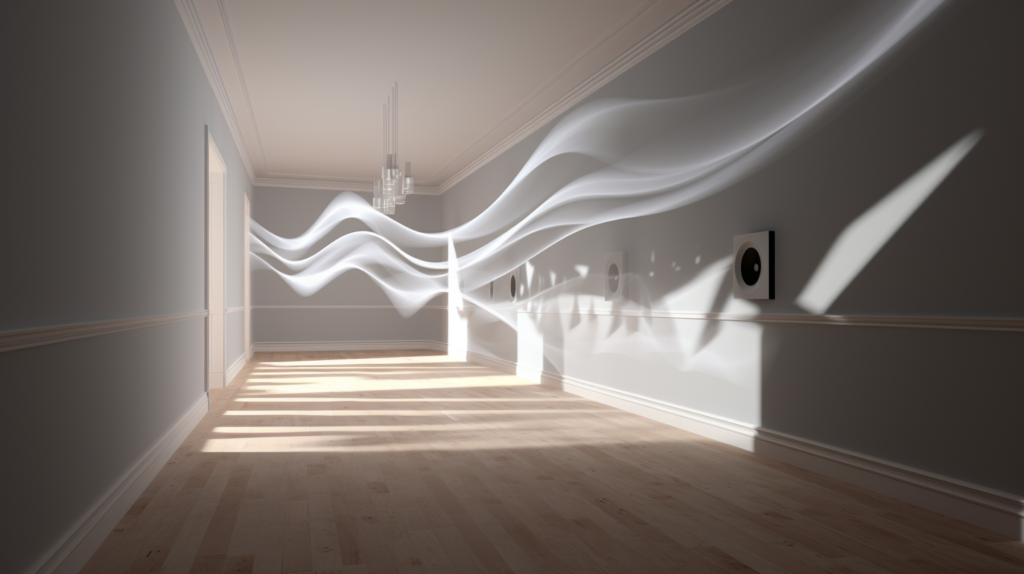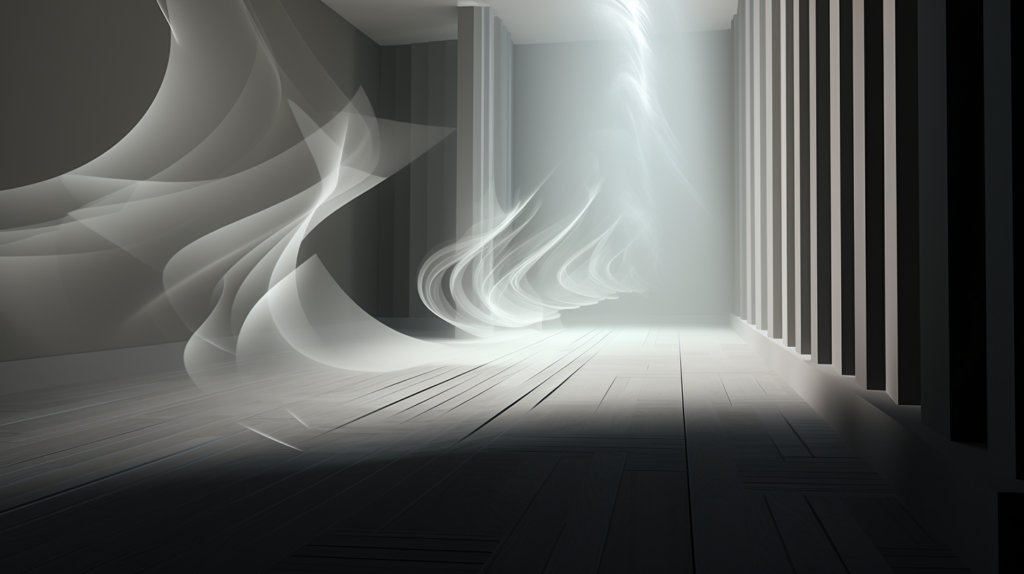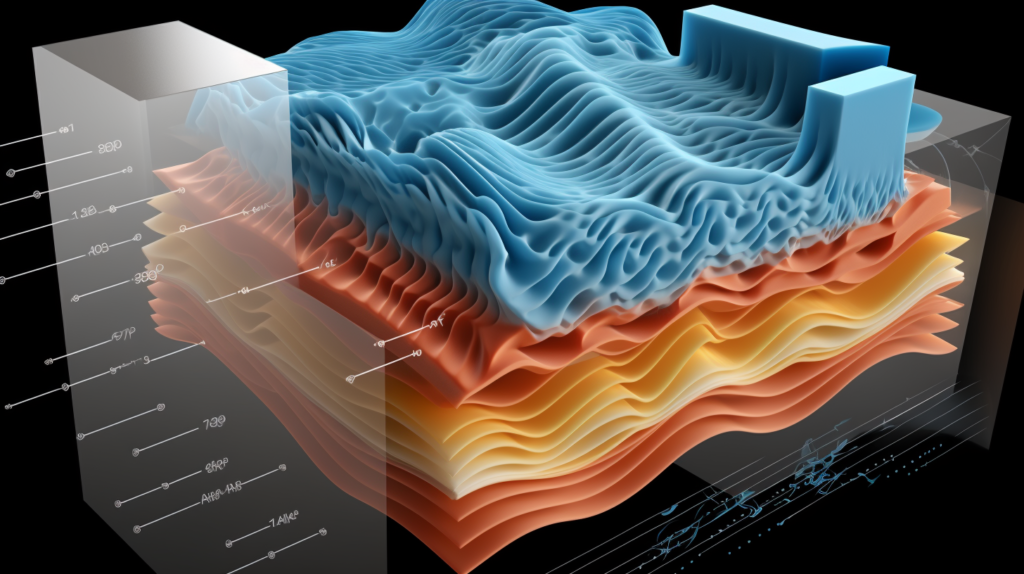You’ve splurged on high-end microphones, spent hours researching the best mixers, and even invested in quality headphones. But one question lingers: is acoustic foam worth it?
In this comprehensive guide, we’ll explore the ins and outs of Acoustic foam and its alternatives. You’ll learn about their effectiveness, limitations, and impact on your recordings.
Before you hit ‘record,’ let’s dive into how you can make your recording environment acoustically superior.
Is Acoustic Foam Worth It?

When setting up a home studio, podcasting space, or any environment where sound quality is paramount, the acoustic treatment of the space can’t be ignored.
You may have invested in high-quality microphones, mixers, and headphones, but if your recording space has poor acoustics, your recordings will suffer. A common issue many encounter is the flutter echo and the distortion of high-frequency sounds.
The question then arises: is acoustic foam worth the investment to mitigate these problems?
Yes, acoustic foam can be a highly effective and budget-friendly solution for treating specific acoustic problems, particularly high-frequency sounds and flutter echoes. However, it’s crucial to note that acoustic foam is not a one-size-fits-all solution for all your soundproofing needs.
Why Acoustic Foam?

Acoustic foam is generally made from polyurethane foam and comes in a variety of shapes like wedges, pyramids, and egg-crate designs.
These geometric shapes serve a purpose: they are designed to absorb and dissipate sound waves effectively, thereby reducing echo and reverb in a room.
Cost-Effectiveness
One of the most significant advantages of acoustic foam is its cost-effectiveness. Compared to other soundproofing materials and solutions, acoustic foam is relatively cheap.
For those who are just dipping their toes into the world of recording or podcasting, it provides an affordable entry point for improving sound quality.
Ease of Installation
Acoustic foam panels are also extremely user-friendly. You don’t need to be a DIY expert to install them.
Most panels come with adhesive backing or can be easily attached to walls using double-sided tape or glue. This ease of installation means you can quickly improve your recording environment without requiring professional help.
Targeted High-Frequency Absorption
Acoustic foam excels in absorbing high-frequency sounds. If your recording environment suffers from distortions at higher frequencies or flutter echoes, acoustic foam can provide immediate relief.
However, its ability to absorb low-frequency sounds is limited, which is a critical factor to consider depending on your specific needs.
Do You Need Acoustic Foam?

Certainly! If you’re venturing into audio recording for podcasts, music mixing, or other sound projects and are facing issues with high-frequency noises or flutter echo, then yes, you absolutely need acoustic foam.
This cost-effective and easy-to-install material excels at absorbing disruptive high-frequency sounds and mitigating the effects of flutter echo, thereby enhancing the clarity and quality of your recordings.
What is Flutter Echo and How Does it Affect Your Recordings?

Flutter echo is a unique kind of sound reflection that occurs in spaces with parallel walls, like corridors or untreated rooms. The sound waves bounce back and forth between these walls, creating a rapid series of echoes.
While this might sound like a minor inconvenience, the impact on sound quality can be profound, especially for recording purposes.
Why Should You Be Concerned About Flutter Echo?
Detrimental to Sound Quality
Flutter echo can make your recordings sound hollow, metallic, or “tinny,” creating an aural environment that distracts from the content.
Whether you’re recording a podcast, music, or voice-over, the last thing you want is for poor sound quality to detract from your message or art.
Professionalism
In today’s world, where even smartphones can record reasonably high-quality sound, a flutter echo can immediately mark your recordings as amateurish.
For those aiming to monetize their content, create a brand, or even just share their creations with the world, audio quality matters a lot. Poor sound can result in decreased listener engagement, lower ratings, and ultimately, fewer opportunities for growth and revenue.
Acoustic Foam as a Solution
Luckily, this is where acoustic foam can come to your rescue. Designed to absorb and dissipate sound energy, acoustic foam can significantly reduce the impact of flutter echoes.
Installing them on the walls where the flutter echo is most prominent can immediately improve the acoustics of your space.
How Does Acoustic Foam Work Scientifically?

Acoustic foam works by converting sound energy into heat energy. When sound waves strike the foam, the air within the porous structure of the foam is disturbed.
This disturbance generates heat, which is then absorbed by the foam, thereby reducing the sound’s energy and volume.
It’s crucial to note that acoustic foam is most effective for high-frequency sounds, generally anything above 500 Hz. For frequencies below this, like the rumble of traffic or the drone of an air conditioner, acoustic foam is less effective.
This is due to the foam’s porous structure, which is less capable of absorbing lower-frequency, longer-wavelength sounds.
Is There A Better Alternative to Acoustic Foam?

While acoustic foam is excellent for specific problems like high-frequency noise and flutter echoes, it’s not the best solution for all soundproofing needs.
\If your recording space faces a wider range of acoustic challenges, especially low-frequency noise, you might need to look beyond acoustic foam.
Why Consider Polyester Acoustic Panels or Fabric-Wrapped Panels?
Unlike acoustic foam, which excels mainly at high-frequency sound absorption, fabric-wrapped acoustic panels and polyester acoustic panels are engineered to handle a broader spectrum of sound frequencies.
These panels often contain denser materials that effectively absorb lower frequencies, making them a more comprehensive solution for various soundproofing needs.
Polyester acoustic panels are generally more durable than foam panels. They are resistant to moisture, mildew, and many of the environmental factors that can degrade foam over time.
This longevity means that while the initial investment may be higher, the panels will likely last longer and provide consistent performance over time.
Aesthetic Appeal of Polyester Acoustic Panels
One of the most significant advantages of using polyester acoustic panels is their aesthetic versatility. Acoustic foam is often limited in color options and visual appeal, but polyester acoustic panels come in a variety of colors and textures.
This flexibility allows you to integrate them seamlessly into your existing interior design.
Not only do polyester acoustic panels offer superior soundproofing, but they also provide an opportunity to enhance the visual appeal of your recording space.
Whether you’re aiming for a professional studio look or a cozy home recording environment, these panels can be tailored to suit your aesthetic needs.
Versatility of Polyester Acoustic Panels
Polyester acoustic panels are not just for recording studios. Their ability to absorb a wide range of sound frequencies makes them an excellent choice for home theaters, offices, and even commercial spaces like restaurants.
Their aesthetic versatility further broadens their application, making them a practical yet stylish choice for various settings.
Another benefit of choosing polyester acoustic panels is the range of customization options available. From choosing different thickness levels to selecting unique fabric covers, you can tailor the panels to meet your specific soundproofing and design requirements.
Conclusion
Yes, acoustic foam is a worthwhile investment if you’re on a budget and your primary concern is treating high-frequency sounds and flutter echoes. It offers a cost-effective, targeted solution for these specific acoustic challenges.
However, it’s not a one-size-fits-all solution, particularly for mid to low-frequency sounds.
For those seeking a more robust solution, especially for a broader range of frequencies, polyester acoustic panels are an excellent alternative. They offer both enhanced soundproofing and aesthetic versatility.
Your choice between acoustic foam and polyester acoustic panels should be based on your specific acoustic needs. If you’re dealing with high-frequency flutter echo issues and are on a budget, acoustic foam is worth it.
For more comprehensive soundproofing needs, consider polyester acoustic panels.
